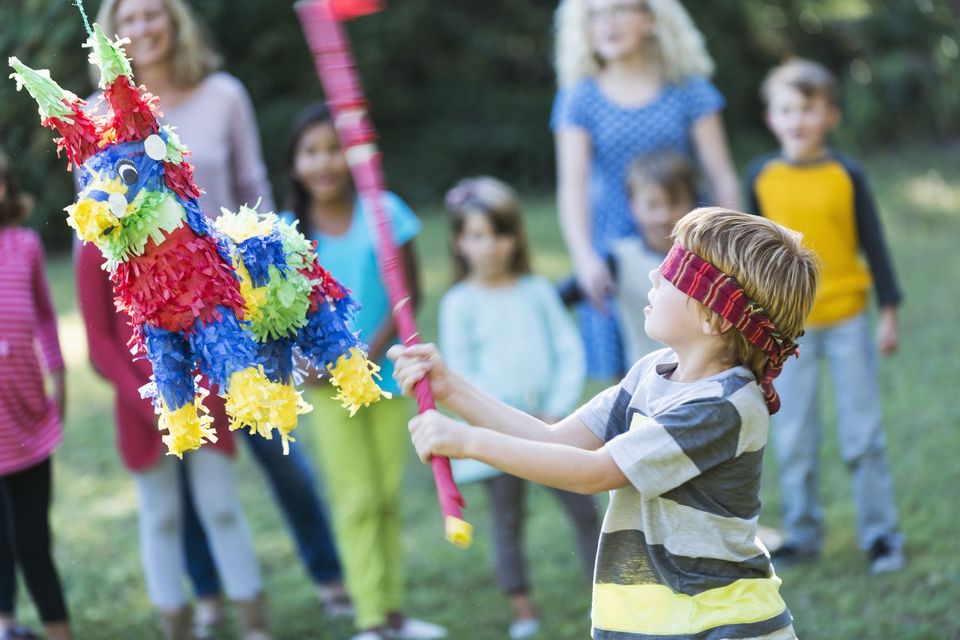Collaborator of BBC London Diane Selkirk reveals the origin of “la Piñata”, featuring a profound analysis of these peculiar custom and popular Mexican handcraft, and how its use circled the globe. A glimpse of Mexican culture from a British point of view:
The piñata is a ubiquitous aspect of Mexican culture. Yet how it got to be that way is somewhat of a mystery.
Six years ago, my family set sail around the world from the beach town of Bucerías on Mexico’s Riviera Nayarit – a place where small, colourful homes and businesses line the narrow cobbled streets, chickens and dogs wander freely, and bandamusic blasts from passing cars.
Now that we’re finally back on Mexico’s west coast, it seems fitting to celebrate our accomplishment the local way: with a piñata, a colourful, hollow papier-mâché sculpture designed to be filled with candy and then smashed to smithereens.

Visitors to Mexico often buy local folk art as souvenirs. Some of the most admired work in Bucerías is Huichol art: intricate sculptures that use beeswax and beads to create designs. Weavings, pottery, carvings and glasswork are also popular souvenirs for visitors to the region.
But piñatas, made by local piñateros (piñata-makers), are rarely considered art. They’re heavy, cumbersome and, quite frankly, not meant to last.
However, piñatas are a ubiquitous ingredient of life in Mexico. Part of the cartonería or carton piedra (rock cardboard) tradition ‒ which also includes mojigangas (the supersized ambulant puppets so common in San Miguel de Allende), masks and dolls ‒ the piñata is as vital to Mexican celebrations as mariachi music. Traditional fiestas, such as the Our Lady of Guadalupe celebration in mid-December, call for donkeys, fish and birds. For birthdays, kids gravitate toward cartoon and action figures.
Click here to continue reading article on BBC
Source: http://www.bbc.com

